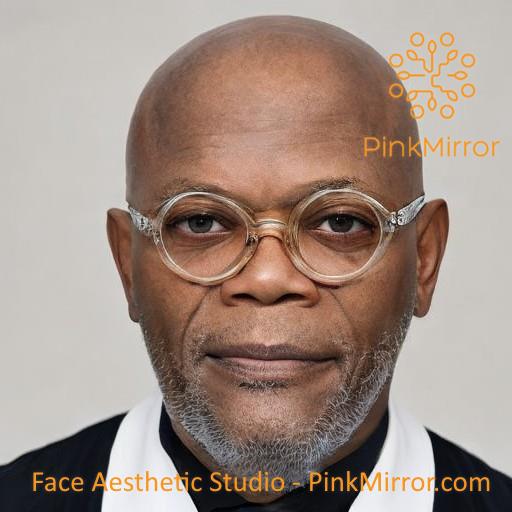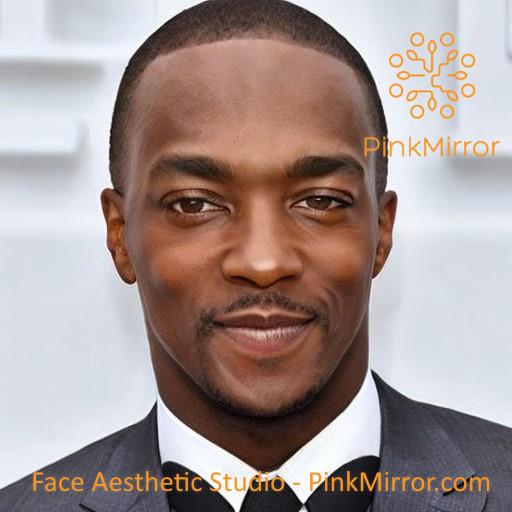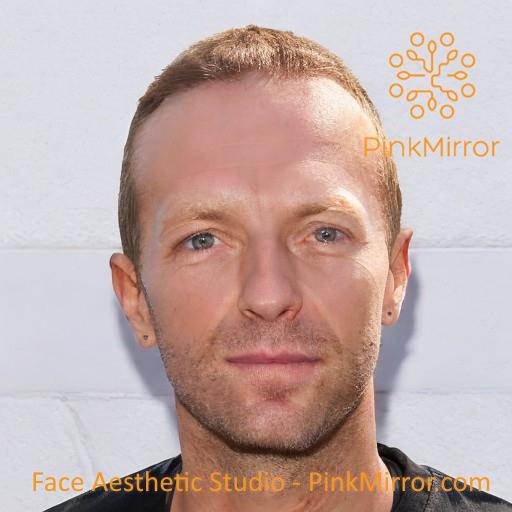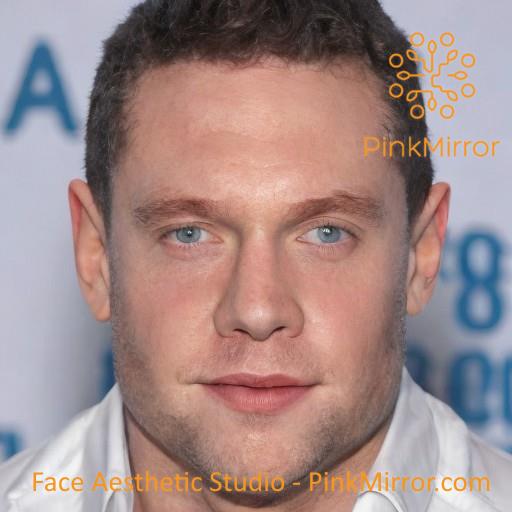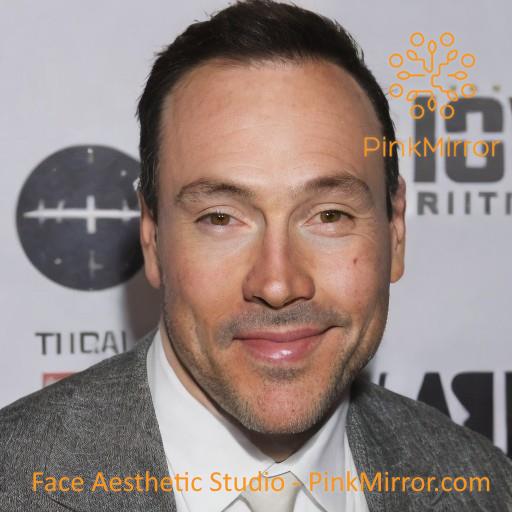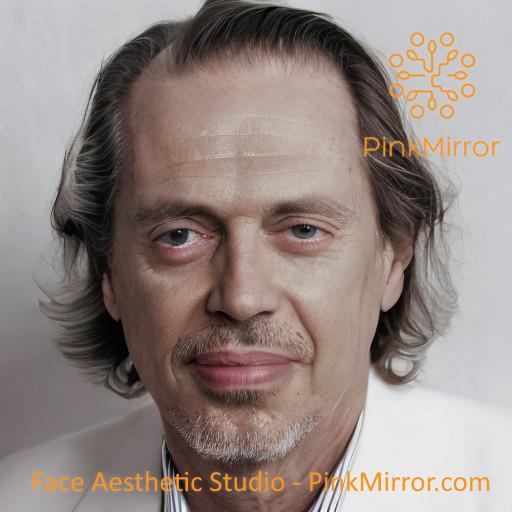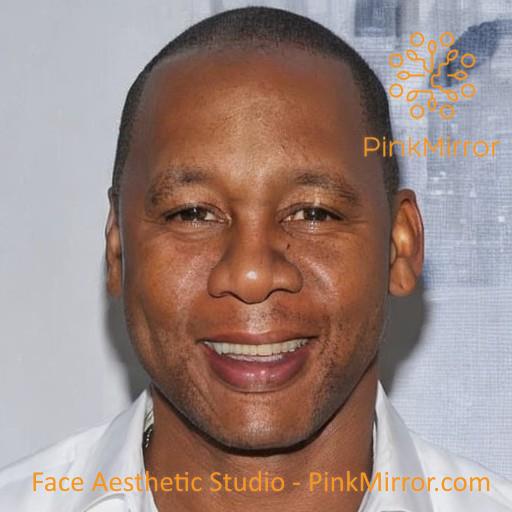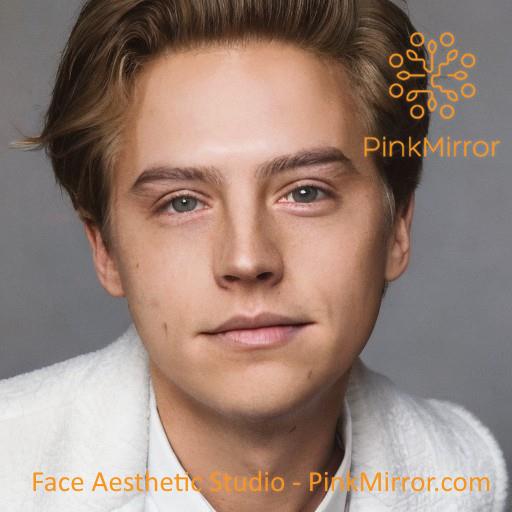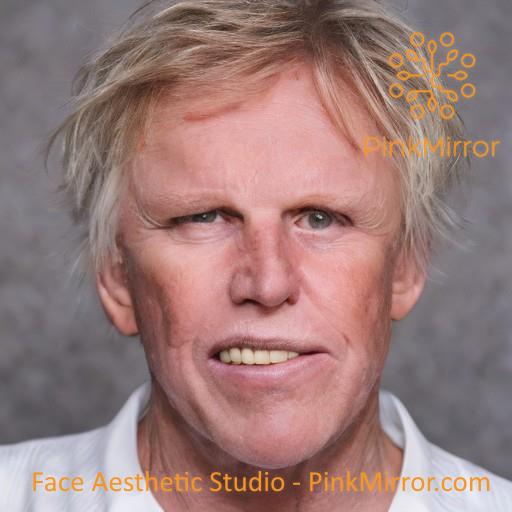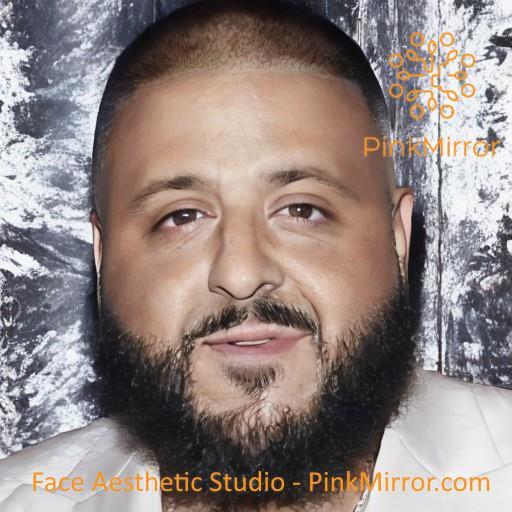Stephen Moyer - Facial Feature - Bi Temporal Width
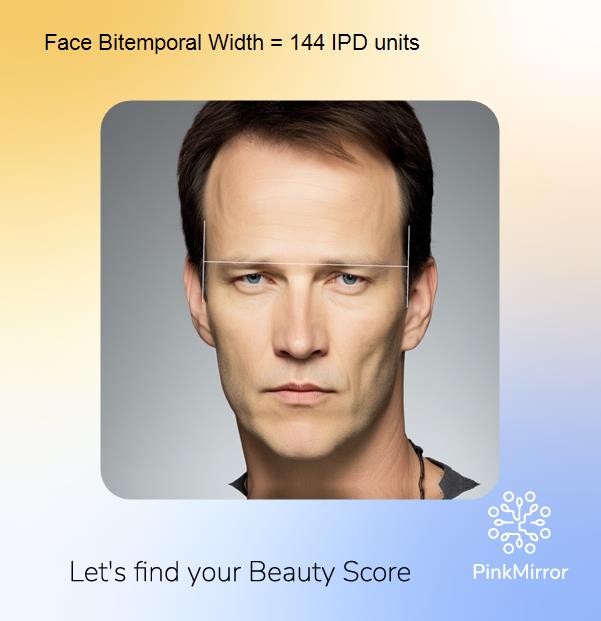
Your face falls into the large bitemporal-width category, which is considered a medium attractiveness among the five male face bitemporal-width types. While attractiveness is subjective, many people find this look appealing. Here’s how each category is generally perceived: smallest – low attractiveness, small – low attractiveness, average – low attractiveness, large – medium attractiveness, largest – high attractiveness. To enhance your attractiveness, consider working towards the largest category. This could potentially increase your beauty score by one point.
- Most Attractive
- Least Attractive
- Your Score
Why is the larger Bi-Temporal Width attractive for males?
Two recent studies explore key differences in male and female facial structures. The study by Faria et al. (2022) finds that males have a larger bi-temporal width, the distance between the temples, contributing to a wider face. This width often aligns with the bi-gonial distance (width of the lower jaw), leading to a more rectangular face, seen as typically masculine. Velemínská et al. (2012) note a more sloping forehead in males, and eyes that are closer-set and deeper in relation to the surrounding area, a result of a larger, protruding frontal sinus. This, alongside a larger bi-temporal width, associates with facial features like a sloping forehead and recessed eyes, creating a perceived masculine look. Both studies underscore that these traits combine to shape what’s often perceived as a masculine facial structure.
Read the detailed study with exact scientific references
Choose a recommendation and track your weekly progress:
Cautionary Note: It's important to note that each individual's skin is unique and may respond differently to various treatments. Always conduct a patch test when trying new products or ingredients, and consider consulting a dermatologist before beginning any advanced treatments.



